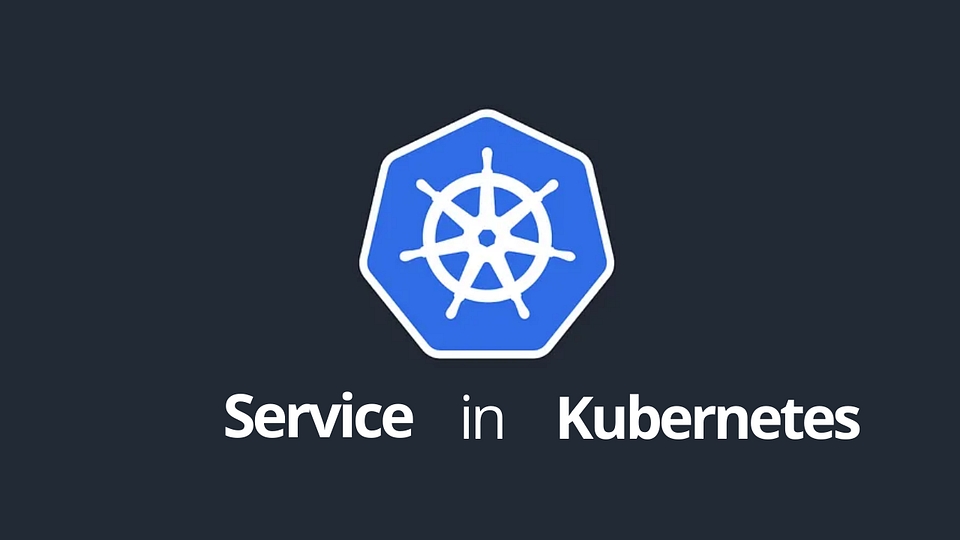Understanding Kubernetes: Part 13 -Services

If you’ve been following our Kubernetes series 2025, welcome back! For new readers, check out Part 3: Understanding Kubernetes: Part 12-Peristent Volume Claim
What is a Service in Kubernetes?
A Kubernetes Service is a way to expose a group of Pods and provide a stable IP and DNS name for accessing them. It enables communication within your application or with the outside world.
For example:
If you have a backend service and need a reliable way for the frontend to communicate with it, a Service ensures that the backend Pods can be accessed via a stable IP or DNS name, even if individual Pods are recreated or fail.
Service Capabilities:
Stable Network Identity: Provides a fixed IP and DNS name to a group of Pods.
Load Balancing: Distributes traffic evenly across the Pods it manages.
Pod Discovery: Automatically discovers and routes to Pods that match its selector labels.
Types of Services:
ClusterIP: Exposes the Service internally within the cluster.
NodePort: Exposes the Service on each node’s IP at a static port.
LoadBalancer: Exposes the Service externally using a cloud provider’s load balancer.
ExternalName: Maps the Service to an external DNS name.
In my previous role:
As a Senior DevOps Engineer, I used Services to expose a set of microservices for an e-commerce platform. For instance, I deployed a frontend application that communicated with multiple backend APIs through ClusterIP Services. These Services handled internal traffic routing and ensured seamless communication, even when backend Pods scaled or restarted. Additionally, I utilized ExternalName Services to enable secure connections to external third-party APIs, simplifying configuration and improving system reliability.
🚀 Ready to Master Kubernetes?
Take your Kubernetes journey to the next level with the Master Kubernetes: Zero to Hero course! 🌟 Whether you’re a beginner or aiming to sharpen your skills, this hands-on course covers:
✅ Kubernetes Basics — Grasp essential concepts like nodes, pods, and services. ✅ Advanced Scaling — Learn HPA, VPA, and resource optimization. ✅ Monitoring Tools — Master Prometheus, Grafana, and AlertManager. ✅ Real-World Scenarios — Build production-ready Kubernetes setups.
🎓 What You’ll Achieve
💡 Confidently deploy and manage Kubernetes clusters. 🛡️ Secure applications with ConfigMaps and Secrets. 📈 Optimize and monitor resources for peak performance.
🔥 Start Learning Now: [Join the Master Kubernetes Course](https://cloudops0.gumroad.com/l/k8s)
Don’t miss your chance to become a Kubernetes expert! 💻✨
🚀 Stay ahead in DevOps and SRE! 🔔 Subscribe now and never miss a beat on Kubernetes and more. 🌟
Last updated